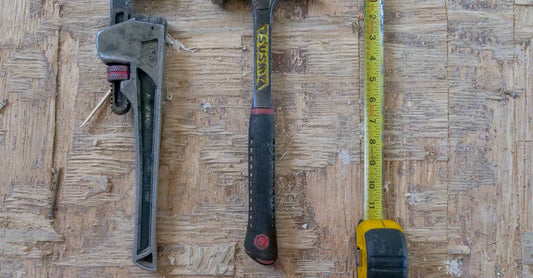nee-trul kuhn-duhk-ter
Neutral, Conductor
A wire that carries current but is not electrically charged.
Example usage: The neutral conductor was connected to the switch.
Most used in: Electrical installations in residential and commercial buildings.
Most used by: Electricians and other tradespeople who install and maintain electrical systems.
Popularity: 8
Comedy Value: 1
Also see: Ground Wire, Earth Wire, Bonding Wire, Grounding Wire,
What Is A Neutral Conductor?
A neutral conductor is a type of wire used in electrician construction. It is identified by its white or gray insulation, and is used to carry electrical current between the power source and the circuit. It is also used to provide a return path for unbalanced current in the circuit.
Neutral conductors are typically connected to the neutral busbar in the electrical panel, which is the center point of an electrical system. From the neutral busbar, neutral conductors are then connected to each outlet in the system. This ensures that the electrical current is balanced and safe for use.
The size of the neutral conductor used in a circuit is determined by the size of the circuit breaker. The larger the circuit breaker, the larger the neutral conductor needs to be. The National Electrical Code (NEC) requires that neutral conductors be at least the same size as the ungrounded conductors in the circuit, or one size larger.
Neutral conductors are an important part of any electrical system, and are often overlooked by electricians. In the US, it is estimated that around 25% of all electrical fires are caused by faulty or inadequate neutral conductors. This emphasizes the importance of using the correct size of neutral conductor in all electrician constructions.
The Origin of the Term 'Neutral Conductor'
The term 'Neutral Conductor' was first used in the late 19th century in the United States. The term is used in the context of electrician construction and refers to a conductor that is not electrically charged and is used to complete the electrical circuit.
The first known use of the term was in 1895 in the US electrical engineering textbook 'Elements of Electrical Engineering' by George William Haskins. The term was used throughout the early 20th century in the US and was widely adopted as the standard term for the conductor in electrician construction.
Today, the term 'Neutral Conductor' is used in many countries around the world and is a commonly used term in the field of electrician construction.




